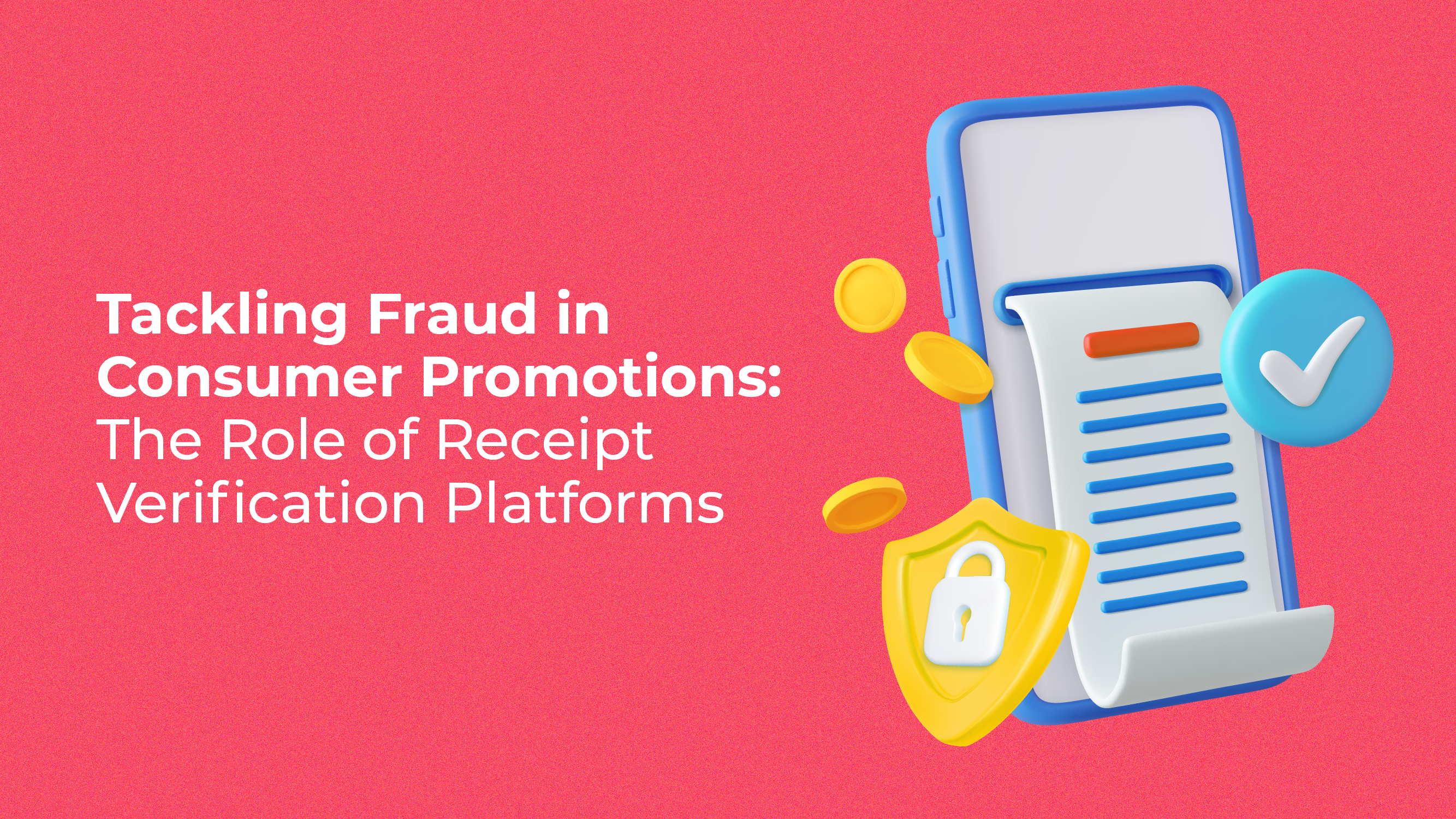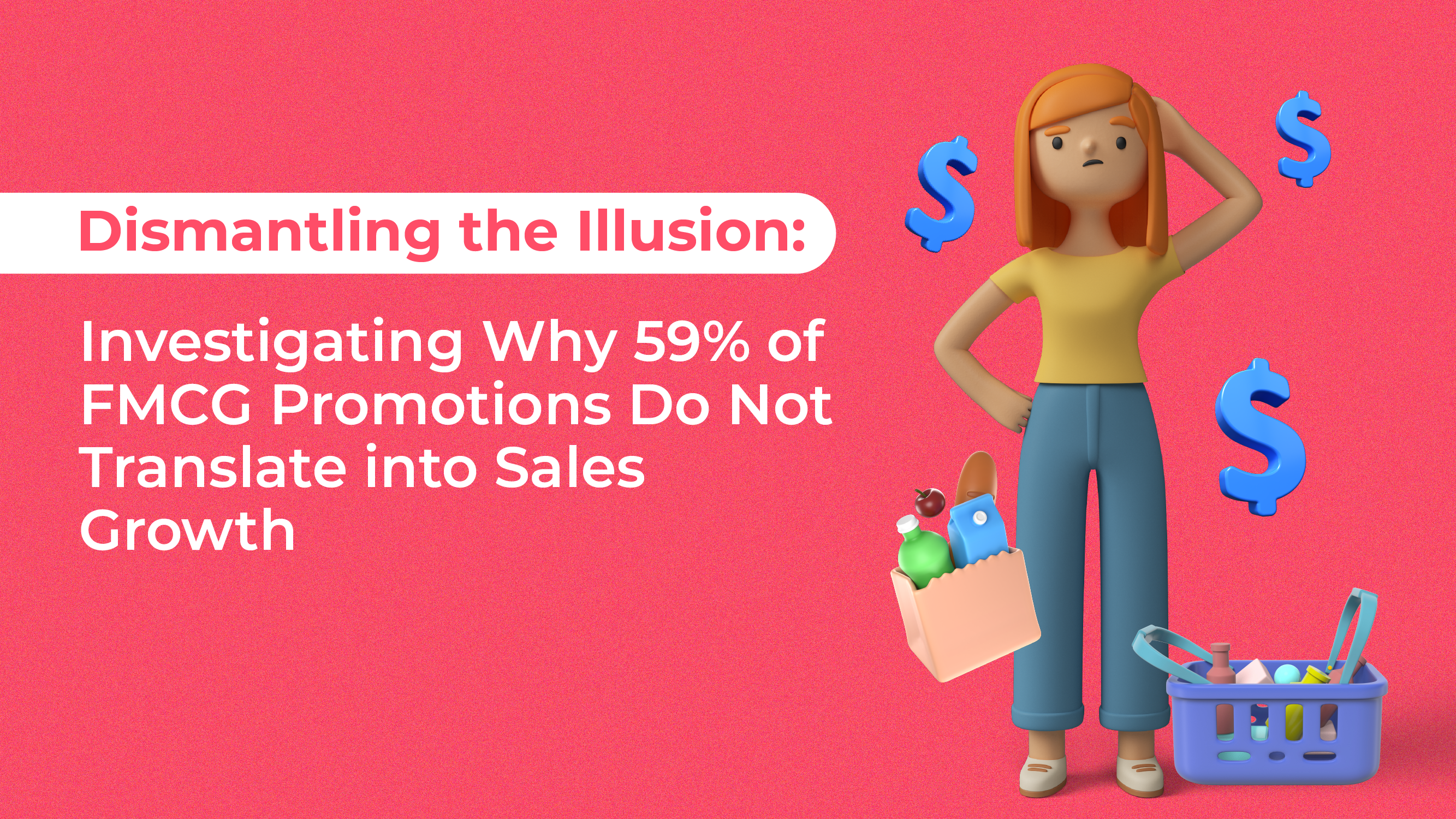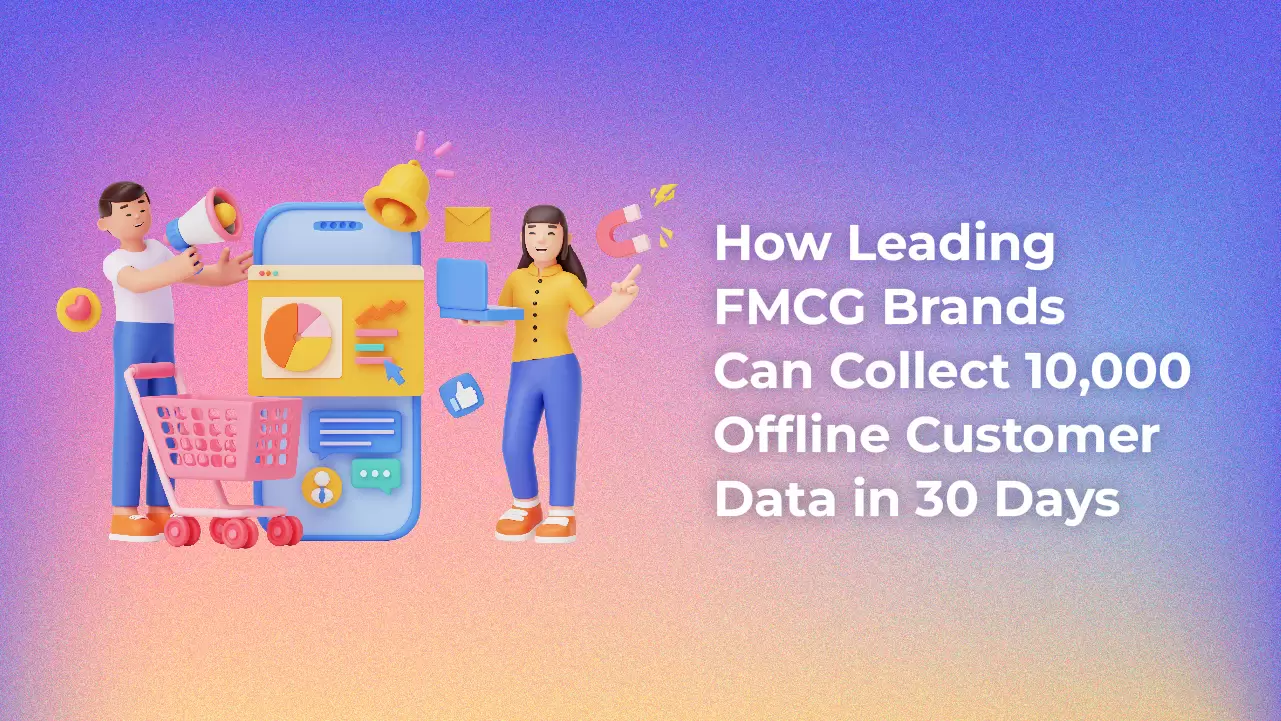Many small to medium-sized (SME) business owners feel left-behind when considering how marketing is done in today’s world. It can be daunting to think of how big-budget companies are able to pull off impressive omni-channel strategies without having to worry about expenses.
For SME’s, marketing budgets, manpower and time are often limited, with word-of-mouth being the driving force behind sales. However, even with a constrained budget, there are certain tactics you can make use of to drive and increase sales!
If you are currently operating on a tight budget and are looking for inspiration to ramp up your marketing, then take a look at these 4 tactics that you can apply today!
1. Take advantage of Google’s Local Offerings

Google has a lot to offer for businesses of any size, and small to medium-sized businesses have a lot to benefit from this. Research indicates that having an online presence is crucial for any SME, especially if they are a local business.
Google My Business accounts are a must-have for any SME looking to establish an online presence. It allows you to target local clients, create an online community and obtain insightful feedback on your business. Furthermore, a Google My Business Account acts as a profile for your business by providing relevant information to customers who search you up.
Google My Business also serves as a hub to consolidate and manage all your Google platforms from one platform. Having an account here boosts your credibility as a business, ensuring that you have a firm base for future online growth!
2. Use Only A Select Few Social Media Platforms
Many SME’s make the mistake of thinking that they have to utilize all forms of social media to get the largest reach possible. This only ends up in a chaotic management style, where there is an inconsistent quality of content across the different platforms. It is better to select one or two platforms where you can best represent your brand.
Instagram is the most popular platform by far, as engagement revolves around sharing images and short captions to capture audiences. However, if your business needs much larger content like articles and blog posts, then using sites like WordPress or having your own blog would be a much better alternative to lengthy Instagram captions that will be largely ignored.
Take the time to research each platform and understand what content works best on them. This will put you in a better position to decide which platform to use – or if conventional social media is even the right choice for your brand.
However, keep in mind that having one or two accounts on popular social media platforms gives your brand credibility. Just ensure that they are frequently updated so they do not fall into the “dead account” zone.
3. Create Content That People Can Engage With
If you are utilizing social media and creating your content, you want to be getting the most out of it. In fact, your content should be made with a long-term plan in mind. It should be valuable, consistent and relevant to your target market.
It might seem easy to come up with ideas, but it is much harder to produce them consistently within a suitable framework for target markets. Content is usually viewed as an investment, as businesses expect to increase their sales and reputation through it. Likewise, many companies have departments that are strictly focused on content production. As an SME, you probably would not have the budget to hire a full-time department working towards producing content across several different channels.
The most common approach that SME’s gear towards is video content, as it is a form of media that is easy to consume. Hiring freelancers to produce content for you is one of the best ways to get into content marketing as an SME. Remember, quality over quantity. Even if your output is only one video a month, the investment is justified, if the content reaches your consumers successfully.
4. Use E-mail and SMS Marketing To Stay On Your Customer’s Mind
In establishing connections with target audiences, SME marketing strategies greatly benefit from the use of e-mail and SMS blasts. Customers tend to provide their e-mail addresses and phone-numbers when signing up for your loyalty programs, and this allows you to make the most of the data you collect.
Messages sent through these platforms are usually event and sale notifications, or sometimes newsletters. Taking the time to send messages through every now and then will help you establish rapport with your customers over time.
A word of caution, you should be careful to not use this method too often, as frequent blasts will lead to your messages being categorized as spam. A bi-weekly or monthly blast is perfect to ensure that you are not bothering your customers, but that you’re also staying on their mind throughout time.
Final Thoughts
Small and medium-sized businesses will always have it tougher than big companies when it comes to marketing. Whatever those struggles may be, the fact is that SME’s are continue to make up a large part of any economy. In Malaysia alone, SME’s contributed up to 36.6% of the national GDP in 2016.
This tells us that no matter the challenges faced, there are always ways of getting your businesses’ name out there! Small businesses owners should not be afraid to experiment and try new approaches to their marketing strategies if they want to stay ahead of the competition.
Actionable Takeaway:While building an online presence is a must, the main goal of it is to strengthen your relationship with prospective customers. List down 3 potential segments that you think your business can target. This will help you shape your digital strategies as it continues to grow!










